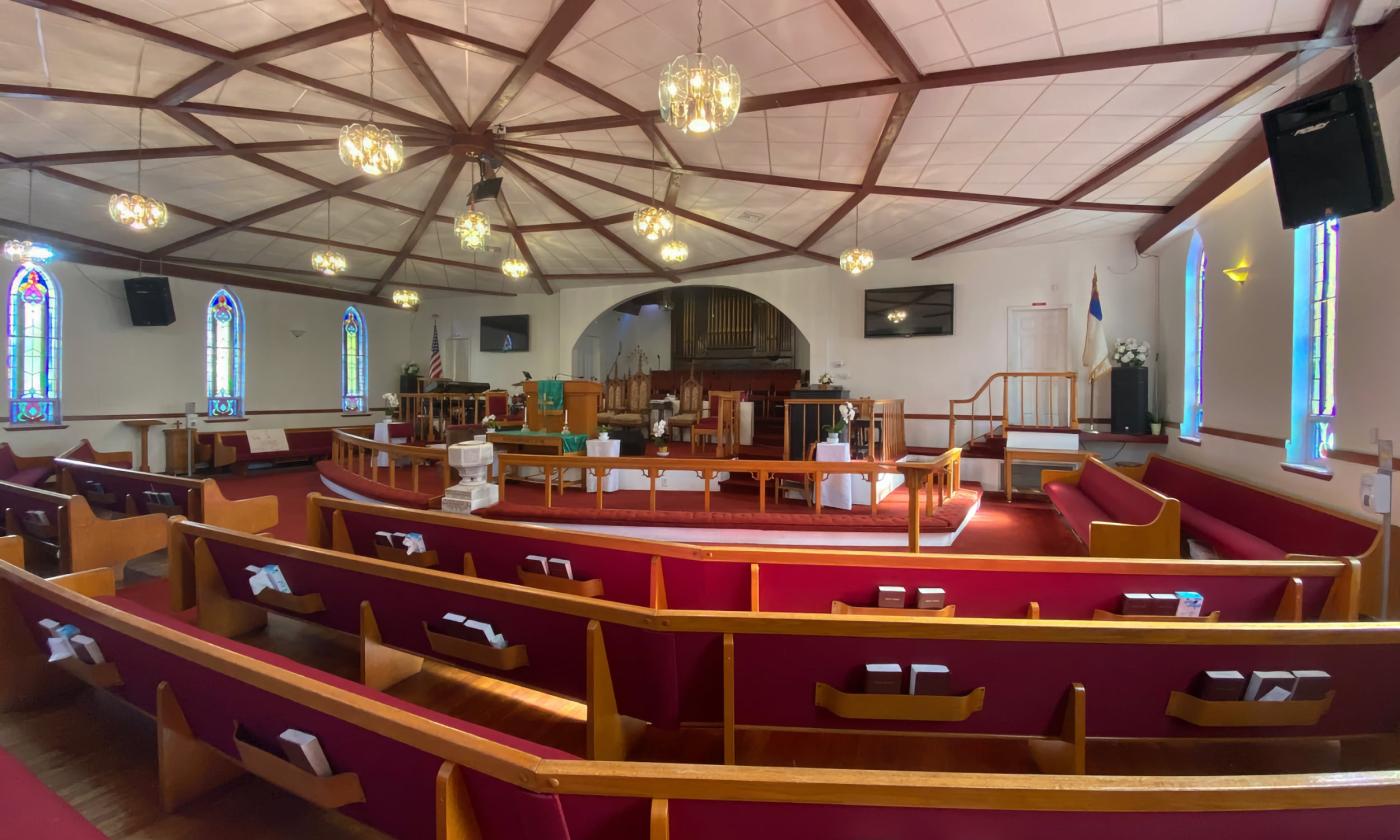St. Paul A.M.E. Church
St. Paul A.M.E. Church
Founded in "Little Africa"
Since 1873, St. Paul AME Church has embodied St. Augustine's spirit across generations. St. Paul AME Church's original location was near the current Willie Galimore Recreation Center and Eddie Vickers Park, later meeting on School Street, and sometimes in the yard of St. Benedict the Moor Catholic Church.
Despite challenges with membership, the church grew as Florida's tourism industry flourished, attracting laborers and acquiring community support. However, the Jim Crow era perpetuated racial injustices and heightened lynchings in Florida.
Flagler Boom and Bust
The late 1880s saw a boom in St. Augustine's northern tourism, accompanied by a yellow fever epidemic and subsequent exodus of tourists and service workers. Despite these challenges, the church persevered, expanding on Central Avenue through communal effort and dedication.
St. Paul AME faced adversity in 1903 when their newly built masonry church was repossessed due to financial troubles. However, the congregation continued to worship, supported by neighboring denominations and community leaders.
St. Paul AME Church and the Civil Rights Movement in St. Augustine
During the Civil Rights Era of St. Augustine's history, 1963-1964 was an especially active year — a hot one, some would call it. With tensions mounting between White and Black citizens, local activist groups called on the Southern Christian Leadership Conference and their powerhouse leader, Reverend Dr. Martin Luther King Jr., for help. He heeded the call and quickly began organizing in the Ancient City.
St. Paul AME Church became a meeting place for local activists, who hosted a "Freedom School" and welcomed Dr. King and Dr. Andrew Young. Demonstrators began and ended their courageous nightly marches at the AME Church. During their demonstrations, activists encountered pushback that was threatening and violent. Amazingly (or perhaps predictably), no local deaths were officially recorded. The St. Augustine Movement was the final catalyst for the Civil Rights Act being passed in 1964.
Dr. King spoke at multiple local churches, including St. Paul. In fact, St. Paul is the only church in Florida where Dr. King actually preached from the pulpit before leading a demonstration. A few living local residents and church members remember that night well.
Many activists and icons spoke at St. Paul during the Civil Rights Movement and after the passing of the Civil Rights Act — including baseball legend Jackie Robinson, local organizer (and church member) Dr. Robert B. Hayling, and even Shirley Chisholm, the first Black woman to be elected to the United States Congress.
As in many other cities, St. Augustine has a street named after Reverend Dr. Martin Luther King Jr. However, it is one of the few "M.L.K Avenues" in the country where he actually marched. In 1985, St. Paul congregants rallied the city commission to have Central Avenue renamed M.L.K. Avenue in honor of Dr. King, who stayed at local homes and spoke at churches along it and neighboring streets.
Visiting St. Paul AME Church
The Church is located at 85 Dr. Martin Luther King Jr. Avenue. All St. Paul AME worship, prayer, study, and fellowship events include options for those who want to attend virtually. Visit their website www.saintpaulfamily.com to find these resources or call (904) 829-3918.
Resources
Online Resources
Videos:
- Tap here to watch Jackie Robinson’s June 16, 1964 Speech at Paul AME Church.


